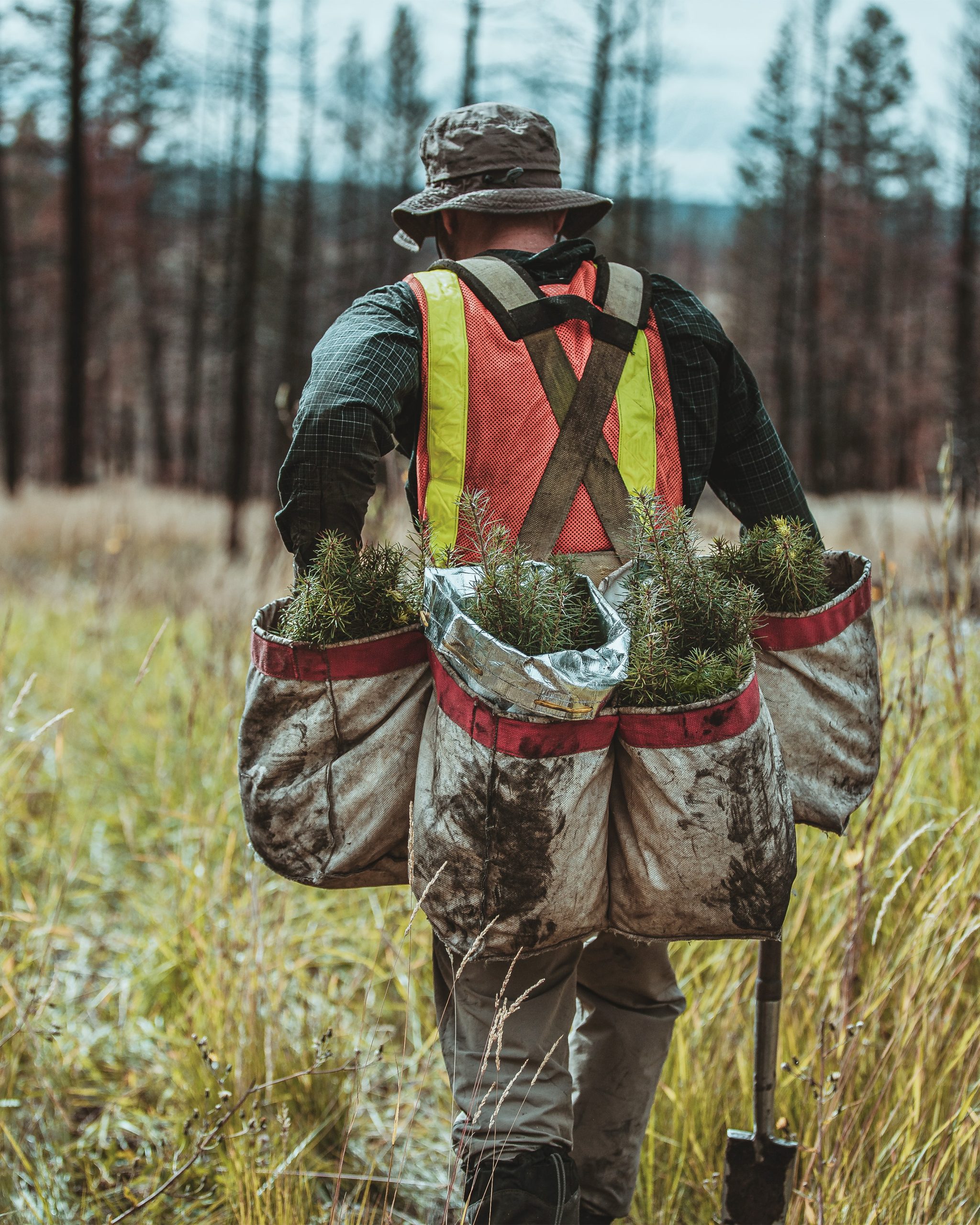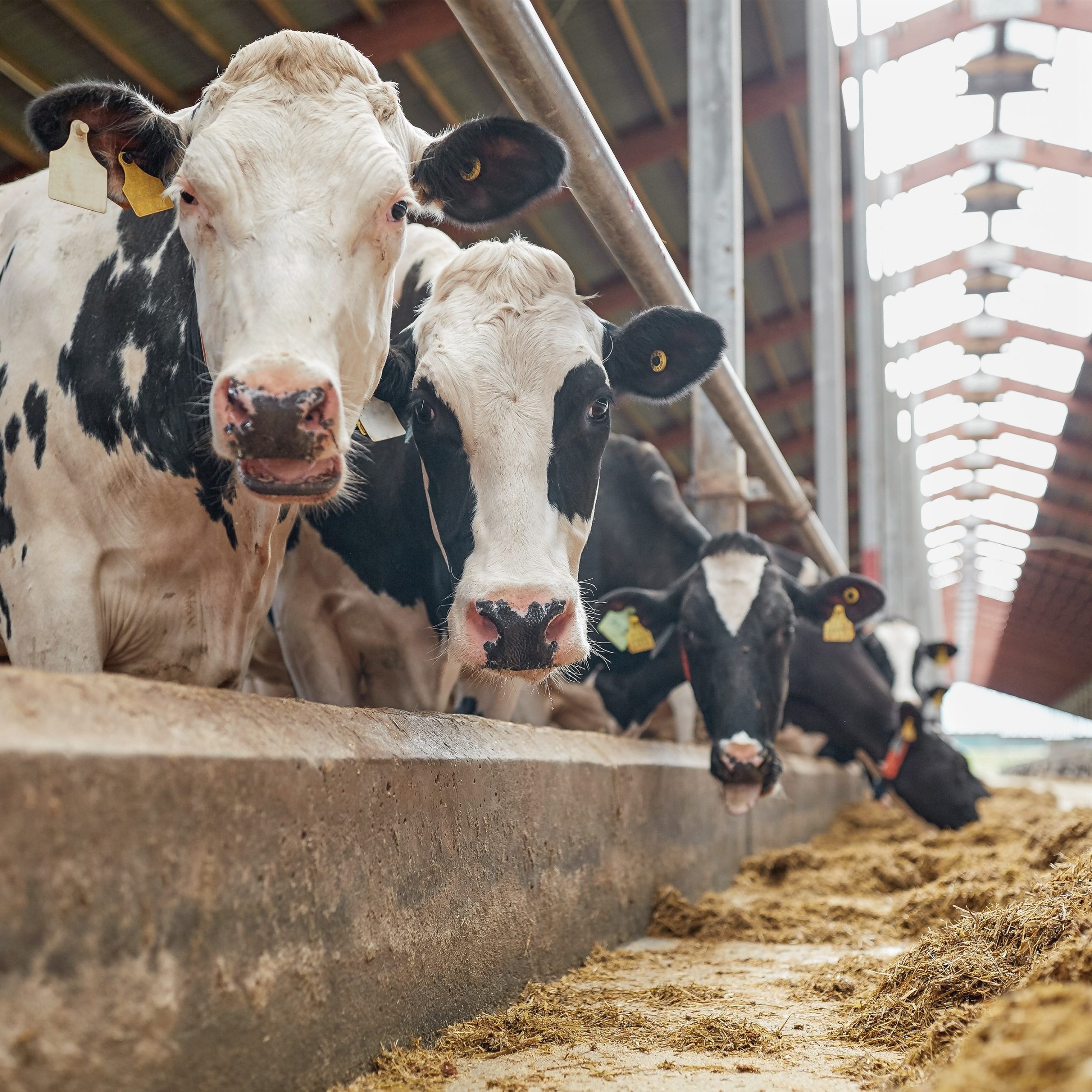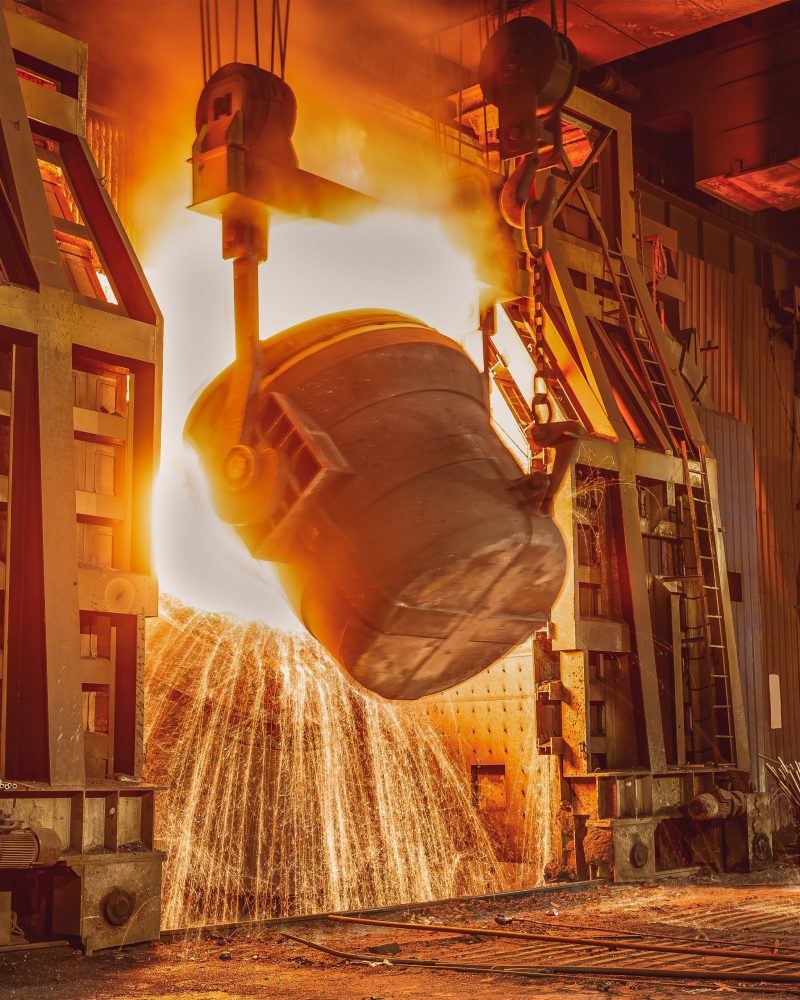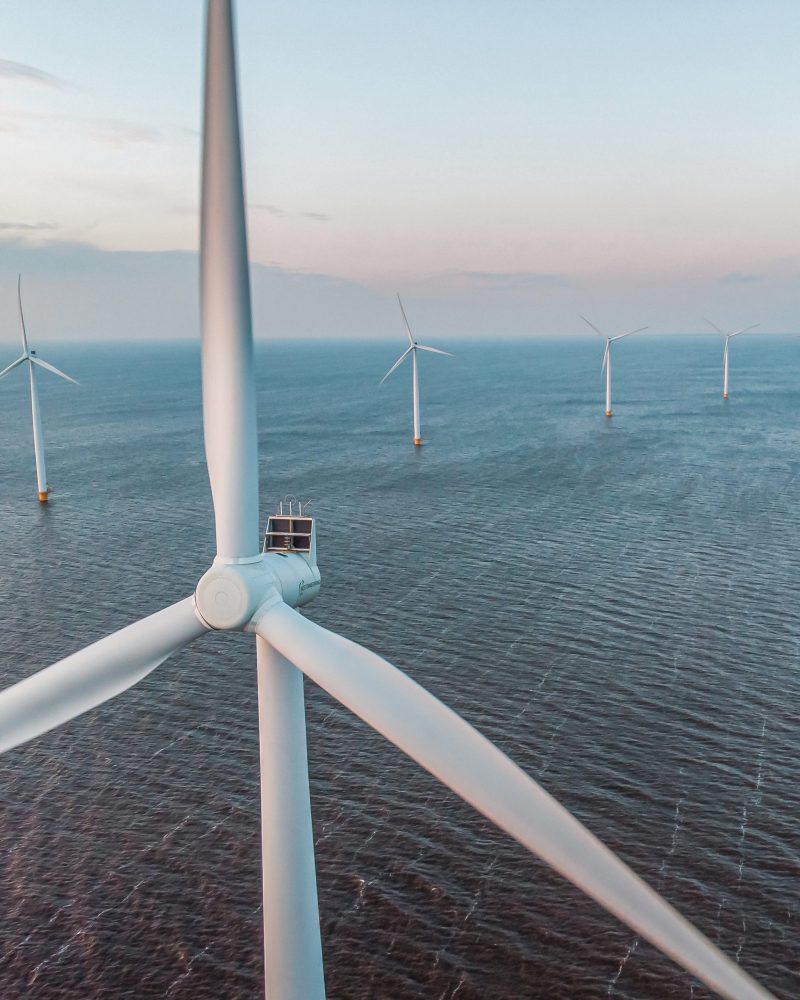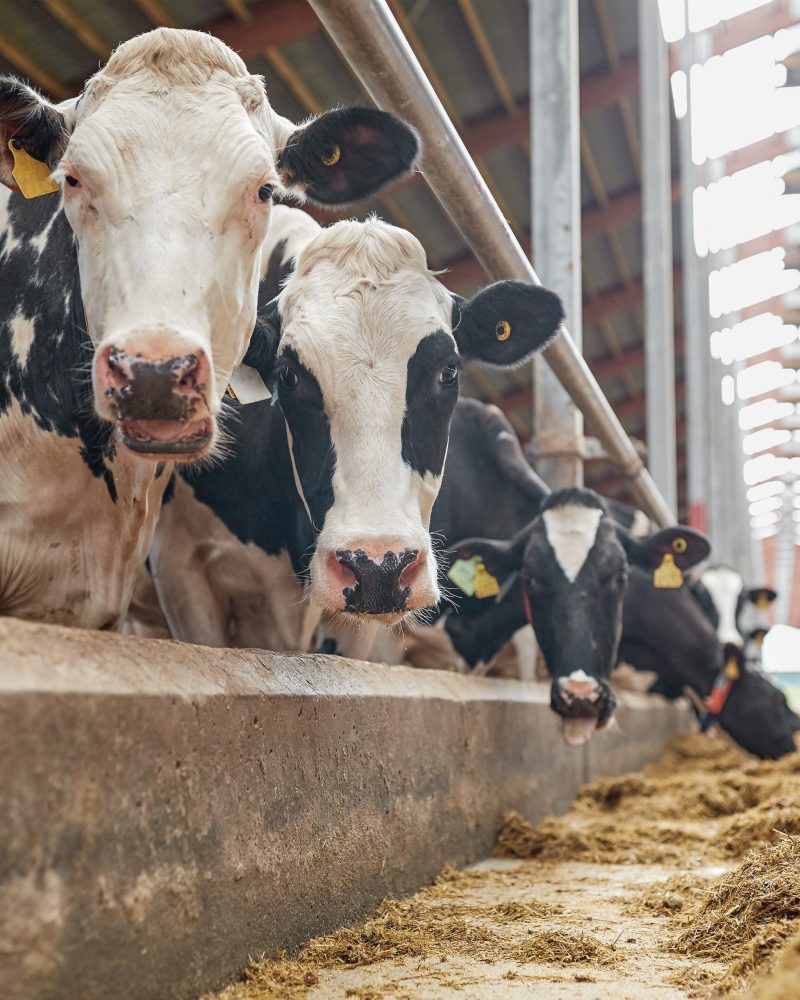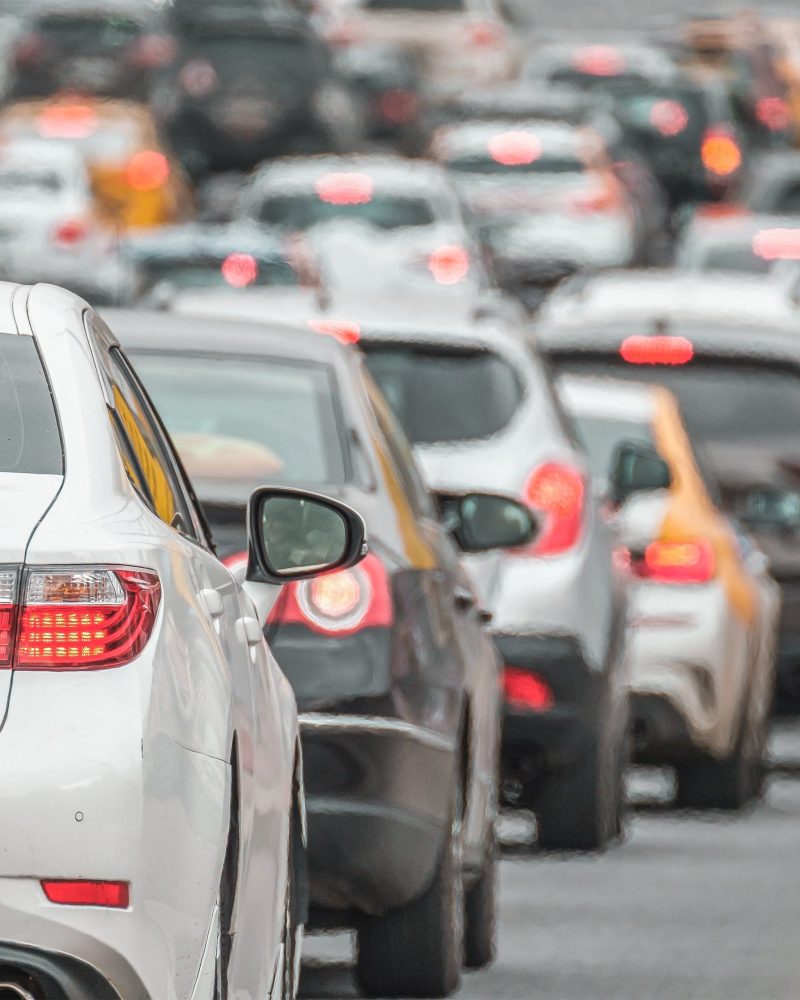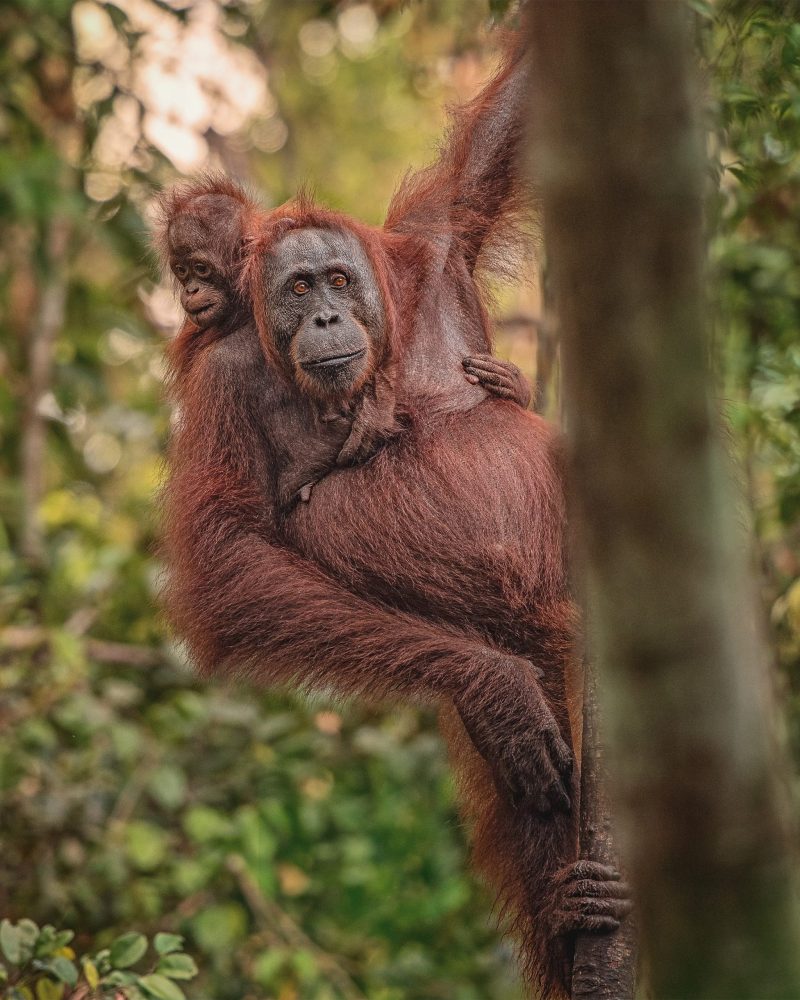Food production is one of the largest sources of global greenhouse gas emissions, responsible for around 18 percent of the current total. The chief issue isn’t carbon dioxide, but methane – a greenhouse gas that’s around 28 times worse in terms of its global heating effects than CO2 over a 100-year period – and nitrous oxide, which is around 265 times worse.
Experts usually divide agricultural emissions into two categories. “Farm-gate” emissions are those which can be attributed to current agricultural practises, like the methane emitted by burping and farting cows, or the nitrous oxide released by the use of nitrogen-rich fertilizers. “Land use” emissions are caused by changes to the land including soil degradation and deforestation.
When it comes to farm-gate emissions, livestock and specifically ruminant animals like cows, whose digestive processes generate methane, are the principal cause. So while it might not sound serious, the issue of how to deal with farting cows is one of the big problems facing climate policymakers today.
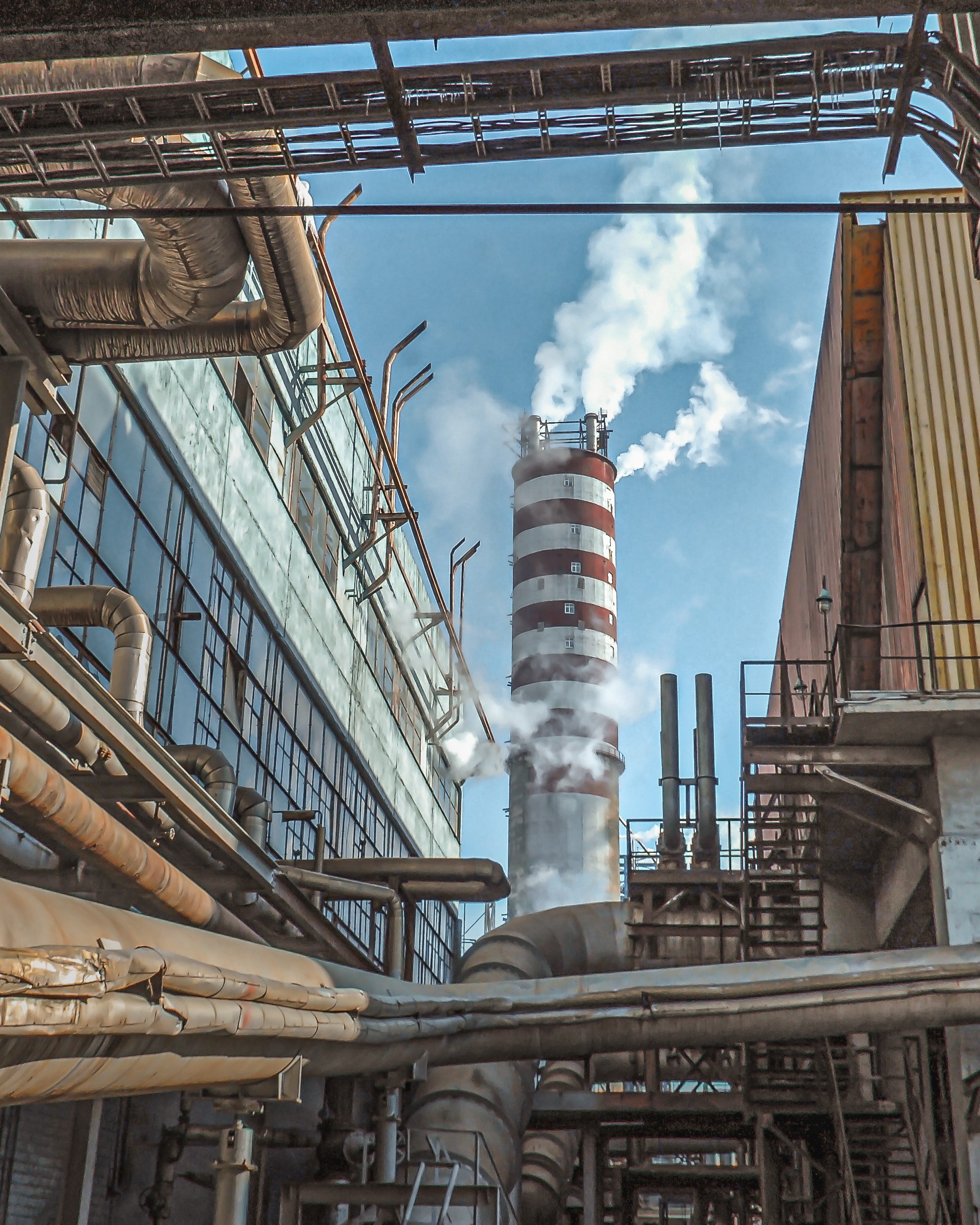
Synthetic fertilizers
The use of nitrogen-rich synthetic fertilizers is the second-largest cause of farm-gate emissions after livestock, accounting for around 20 percent of the total, according to the most recent report by the UN’s Food & Agriculture Organisation (FAO). Worldwide less than half of the nitrogen applied to farmers’ fields is taken up by plants. The rest runs off in ground or surface water, causing pollution, or escapes into the air in the form of nitrous oxide, which is 265 times worse, as a greenhouse gas, than carbon dioxide.
Land use emissions are a hugely significant contributor to the emissions produced by agriculture worldwide. Deforestation is the main problem here, accounting for around 74 percent of land use GHG emissions. Thankfully, the clearing of forests for farmland globally has declined in recent years, leading to a 21 percent decrease in land use emissions between 2000 and 2018. But every hectare of existing forest that’s cleared is contributing to the problem.
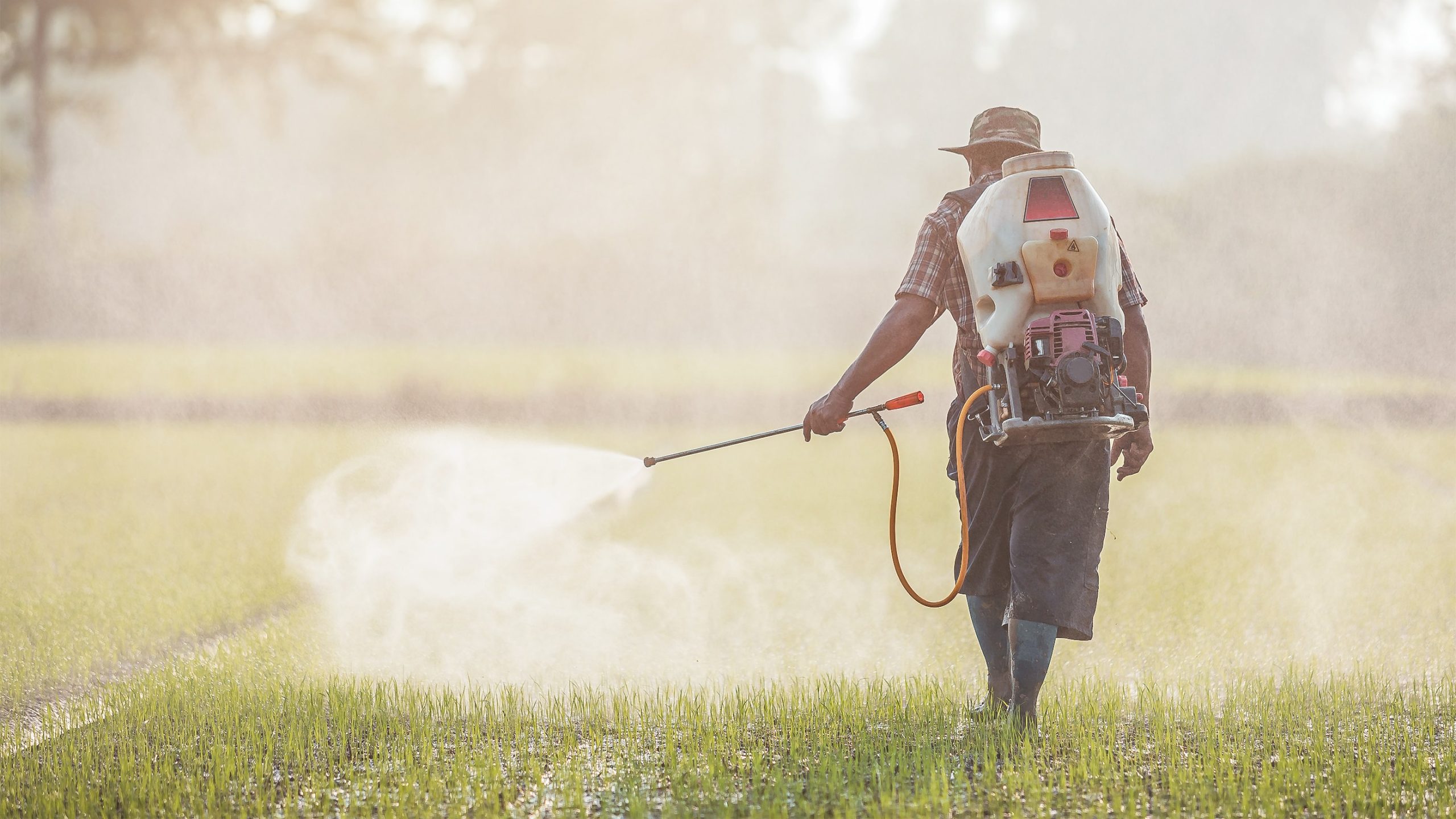
Food shouldn’t need to cost the Earth
Food shouldn’t need to cost the Earth
As the world’s population grows, demand for food will follow suit. Demand for meat, which tends to increase in line with wealth, is also predicted to increase as more people are lifted out of poverty. Essentially, more people will need to be fed without increasing agricultural emissions. In terms of calories generated per hectare, using land for livestock is far less efficient than using it to grow crops.
Ensuring that there are plant-based alternatives to meat, and that the crops used to make them are grown using more efficient and less fertilizer-intensive methods will be key. Rebalancing the diet of those in wealthy countries, where meat consumption is highest, will also play a role in squaring this circle.
In 2018, global emissions from deforestation were 2.9 billion tonnes of CO2eq, down from 4.3 billion tonnes CO2eq in 2000.
FAO Report, 2021
Prevent deforestation
Some 74 percent of land use emissions can be attributed to deforestation, according to the FAO’s most recent report. Deforestation has slowed, worldwide, over the past 20 years, but protecting the world’s forests from further devastation is essential. This will require regulation, but also economic policies that make protecting forests more profitable than destroying them.
Like the consumption of meat, this is a climate justice issue – you can’t just have wealthy countries, where widespread deforestation occurred hundreds of years ago, telling developing nations not to cut down trees.
Participate in reforestation with EcoMatcher
The Last Glaciers team is proudly partnered with EcoMatcher, a unique platform that allows everyone to participate in positive climate action through reforestation and the planting of trees. With EcoMatcher, anyone can plant trees anywhere in the world in a transparent and easy way. They partner with vetted organisations specialised in tree planting to record details of every tree planted. Transparency throughout the process guarantees that your donations are directly going to the purchase of a tree, that cannot be purchased more than once. For every tree purchased, you help to offset carbon through reforestation.
